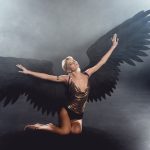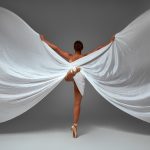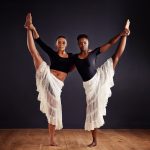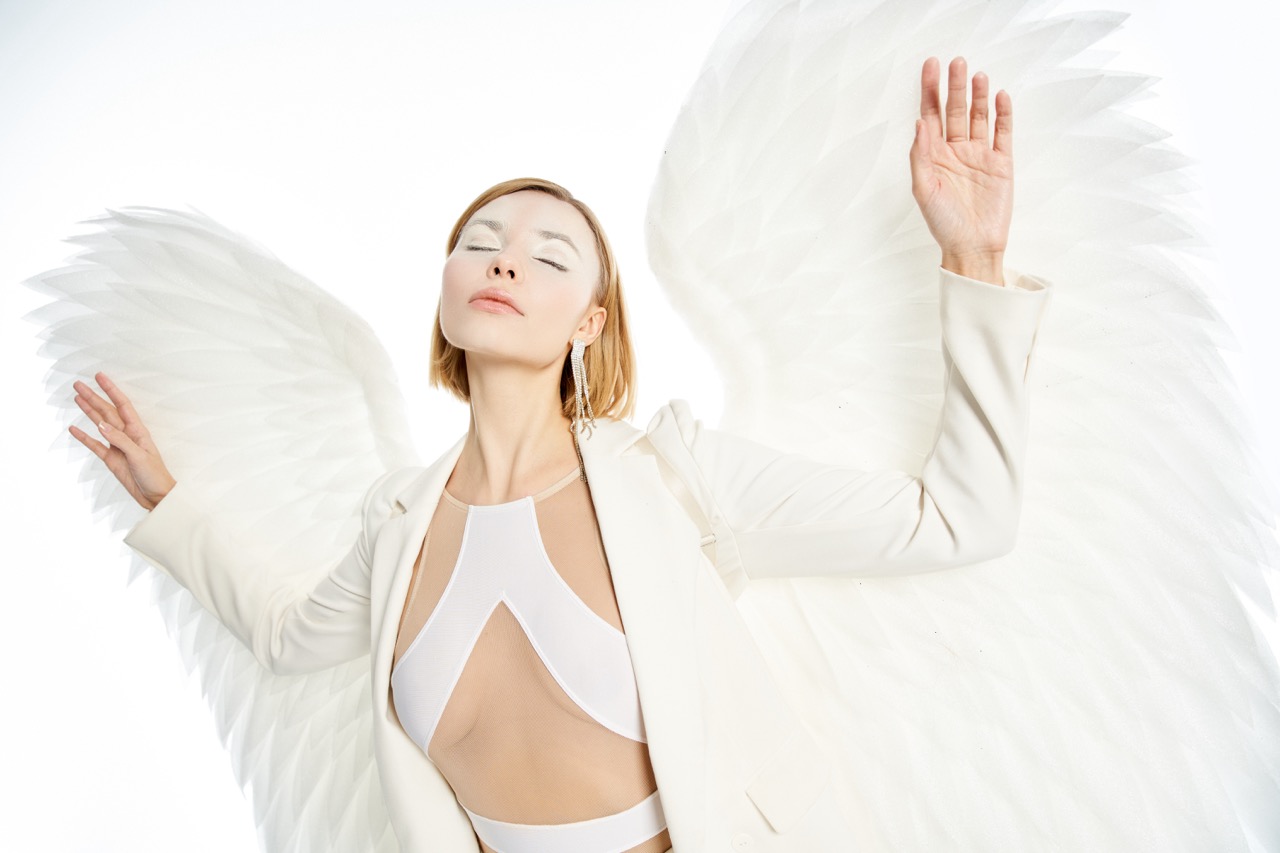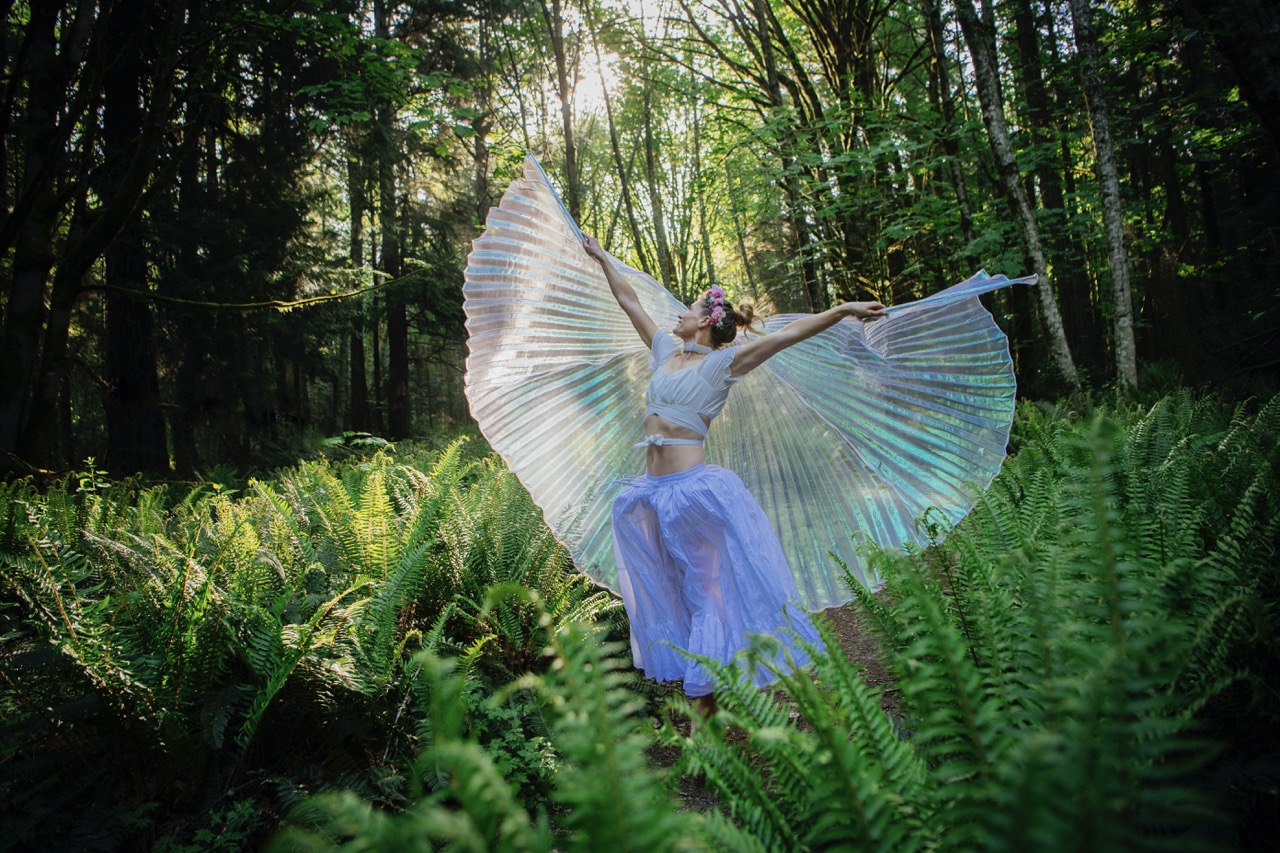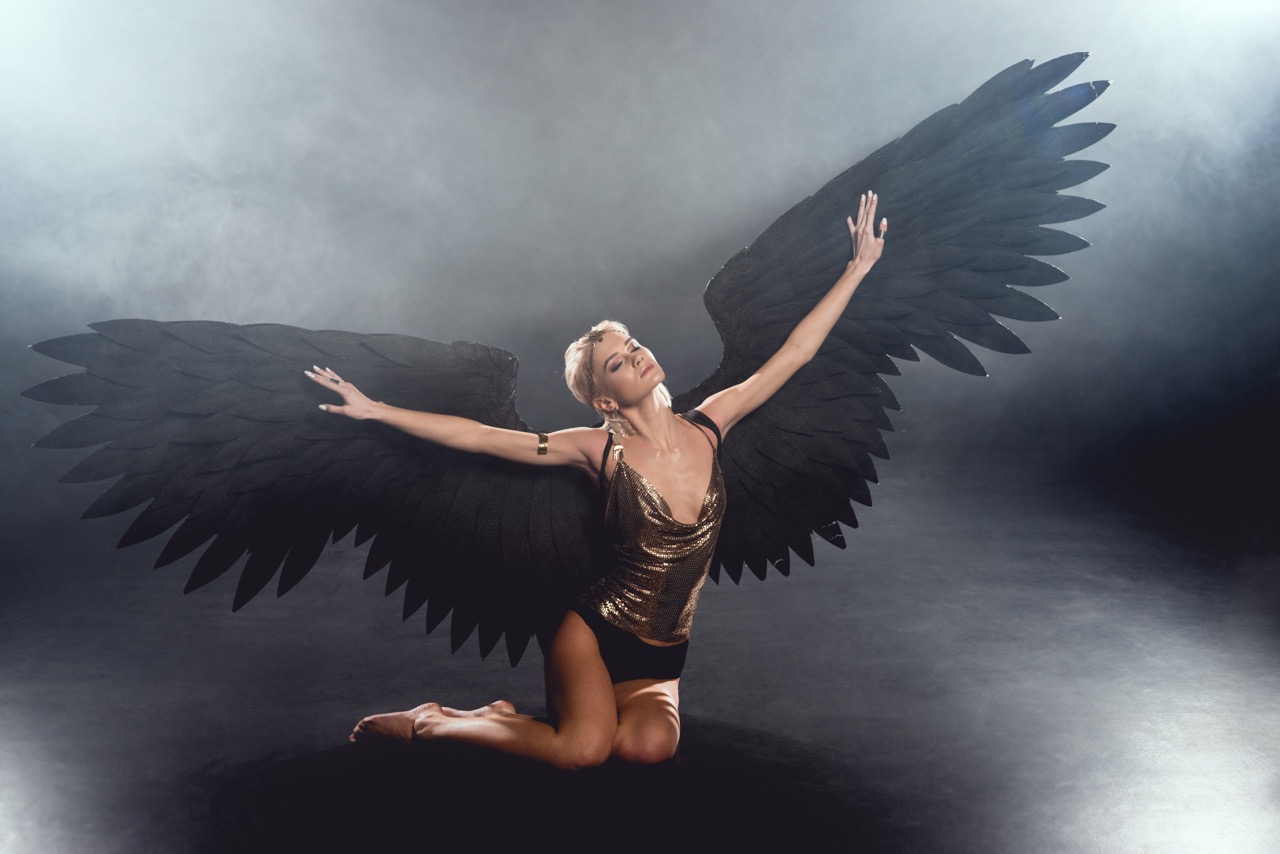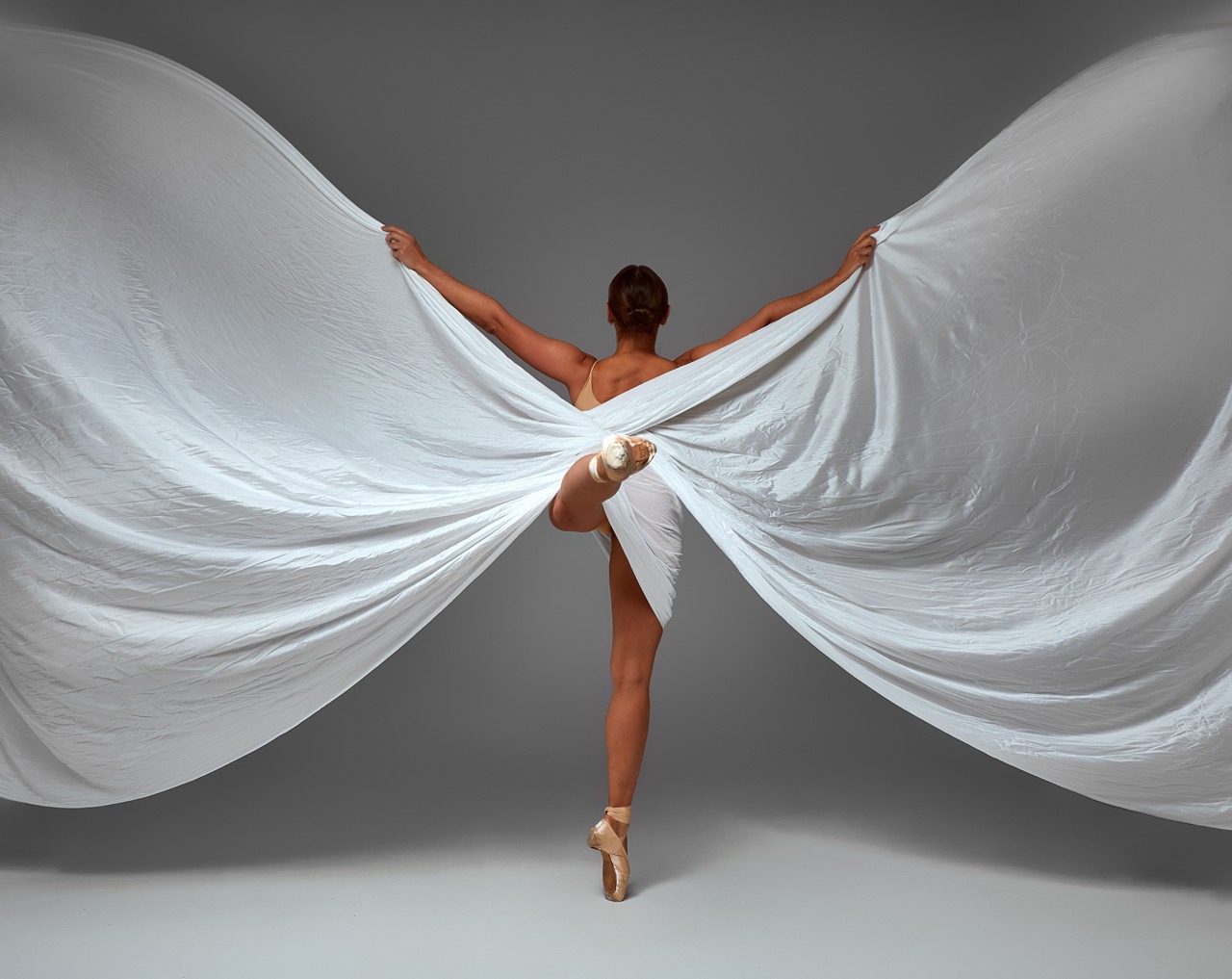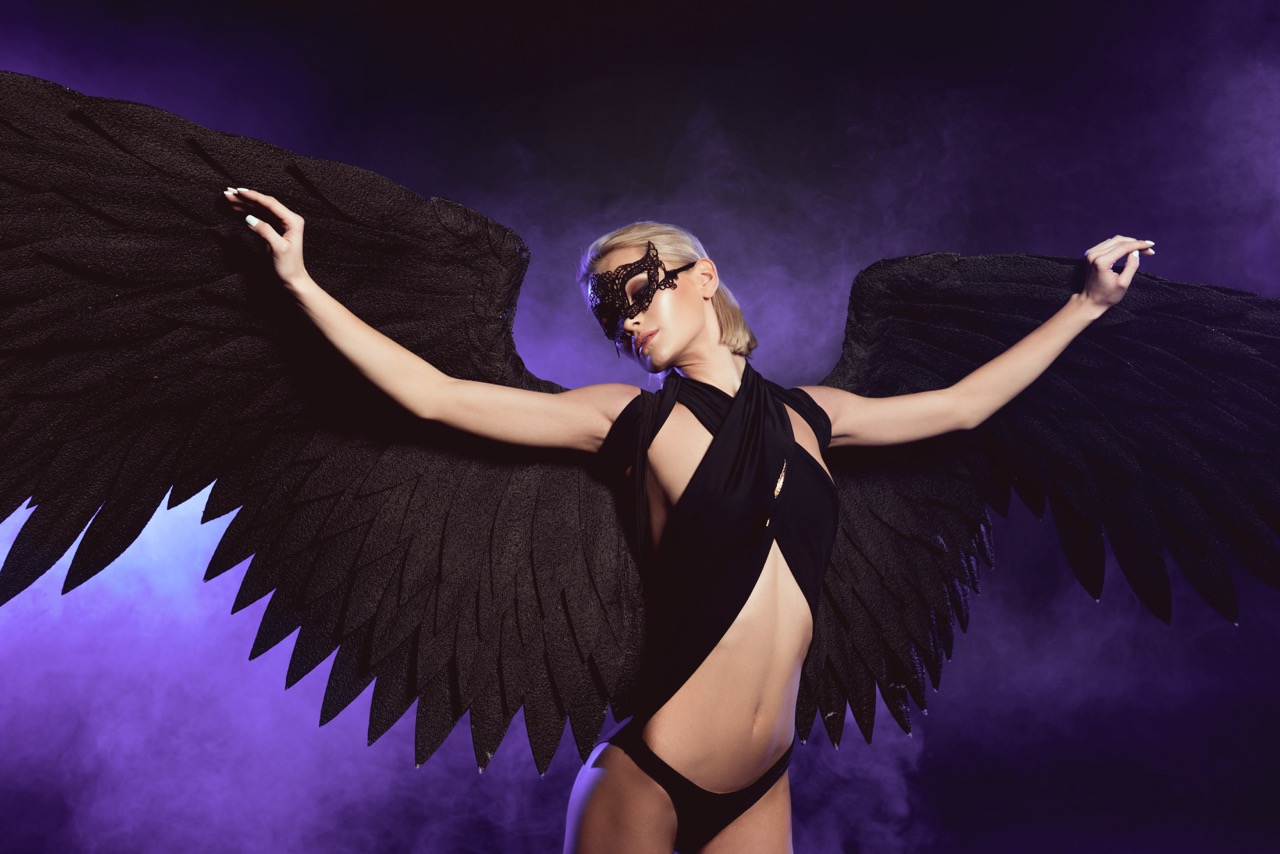In the captivating world of aerial performance, the integration of dance wings can elevate both the visual impact and expressive potential of a routine. Aerial performers, whether they are in the circus, theater, or contemporary dance, can greatly enhance their artistry through the use of various wing styles. This article explores the best dance wing styles that are currently inspiring aerial performers, delving into their unique features and how they can transform a performance from ordinary to extraordinary.
Elevate Your Performance: Top Dance Wing Styles Unveiled
When it comes to selecting the perfect wings for aerial performance, the options are as diverse as the styles of dance themselves. One of the most popular choices is the angel wing style, characterized by its sweeping curves and ethereal appearance. These wings often feature soft, feathery materials that create a light and airy aesthetic, allowing performers to evoke a sense of flight and freedom. The angel wings can be adorned with sequins or glitter to catch the light, enhancing their visual allure during performances.
Another striking option is the bat wing style, which exudes a more dramatic and mysterious vibe. Bat wings are typically larger and more angular, providing a stark contrast to the fluidity of aerial movements. Their design allows for impressive extensions and sharp movements, making them ideal for performers looking to add a layer of intensity to their acts. The deep, dark hues often associated with this style can create a powerful visual narrative, captivating audiences with each beat.
Finally, the butterfly wing style offers a colorful and whimsical aesthetic that plays on the themes of transformation and beauty. These wings come in various sizes and colors, often resembling a butterfly’s delicate patterns. The fluttering movements of butterfly wings as they are manipulated can create stunning visual effects that leave a lasting impression. Aerial performers can use this style to convey emotions of joy and freedom, making each routine feel vibrant and alive.
Exploring the Elegance of Aerial Dance Wing Techniques
The elegance of aerial dance wing techniques lies in their ability to complement a performer’s movements, enhancing both grace and fluidity. One popular technique involves incorporating the wings into fabric-based aerial apparatuses, such as silks or trapeze. Performers can use their wings to create soft, flowing shapes that mimic the natural movements of the body, providing an additional layer of visual storytelling. As they twist and turn, the wings can flow seamlessly with the body, creating a captivating harmony.
Another effective technique is the use of wings for dramatic entrances and exits. By deploying the wings at key moments, performers can amplify the emotional weight of their routines. The sudden unfurling of the wings can act as a visual exclamation point, drawing the audience’s attention and generating excitement. This technique is particularly powerful when combined with dynamic lighting, as the interplay of shadows and colors can heighten the overall impact of the performance.
Choreographing movements that engage the wings can also lead to breathtaking moments in aerial dance. For instance, a performer might use rapid, sweeping gestures that not only highlight their own athleticism but also showcase the wings’ ability to fill the space around them. This creates a three-dimensional effect, as the wings appear to come alive, adding depth and dimension to the performance. Mastery of these techniques allows aerial artists to not just use wings as props but to elevate them to the status of integral components of their choreography.
From Fabric to Flight: Wing Styles that Inspire Movement
Wing styles are not just about aesthetics; they can significantly influence how a performer moves through the air. For instance, the use of lightweight, flowing fabrics in wing construction allows for an effortless grace that can enhance fluid, dance-like movements. The act of gliding through the air becomes a dance in itself, as the fabric billows and sways, providing a visual representation of the performer’s emotions and intentions. This interplay between fabric and movement is key to creating a mesmerizing performance.
Additionally, wing styles featuring structural elements, such as rigid frames or wires, can inspire a more angular and dynamic approach to movement. These wings offer a stark contrast to the flowing styles, encouraging performers to explore sharp, precise gestures. The rigidity of the frame can also create striking silhouettes against the backdrop, allowing performers to play with negative space. The result is a performance that commands attention, as the audience is drawn into the unique choreography that these wings inspire.
Finally, the choice of color and texture in wing design can evoke different feelings and moods, further influencing how performers approach their movement. Bright, bold colors may inspire energetic, lively choreography, while soft pastels can encourage gentle and fluid interpretations. With each wing style, performers have the opportunity to connect with their artistic vision, crafting routines that resonate deeply with their audience while still showcasing their aerial skills.
Mastering the Art: Choosing the Right Wings for Aerials
Choosing the right wings for aerial performance is a critical decision that can alter the entire fabric of a routine. It begins with understanding the narrative you wish to convey and how the wings can enhance that story. For example, if a performer aims to portray freedom and lightness, opting for sheer, lightweight wings might be the best choice. Conversely, if the intent is to create a dramatic, impactful performance, heavier, more structured wings can provide the necessary visual weight and gravitas.
Another essential factor to consider is the level of comfort and mobility offered by the wings. Aerial performers rely on their agility and grace, and wings should not hinder those movements. Selecting wings that are adjustable and well-fitted ensures that the performer can execute their choreography without distractions. Comfort translates directly into performance quality, as a performer who is at ease with their wings is more likely to engage the audience effectively.
Lastly, practicality should not be overlooked. Aerial techniques can be demanding, and wings must be resilient enough to withstand the rigors of performance. Materials should be chosen not only for their visual appeal but also for their durability. Investing in quality craftsmanship ensures that the wings can endure repeated use, maintaining their beauty and functionality over time. By carefully weighing these factors, aerial performers can master the art of wing selection, enhancing their performances and allowing their artistry to truly take flight.
In the realm of aerial performance, incorporating the right dance wing styles can transform an ordinary act into an extraordinary experience. From the ethereal beauty of angel wings to the dramatic flair of bat wings, each style offers unique opportunities for expression and movement. By mastering various wing techniques, selecting the appropriate wings, and understanding their impact on choreography, aerial artists can elevate their performances to new heights. Ultimately, the wings an aerial performer chooses can serve as powerful extensions of their artistic vision, allowing them to soar both visually and emotionally in the hearts of their audience.

